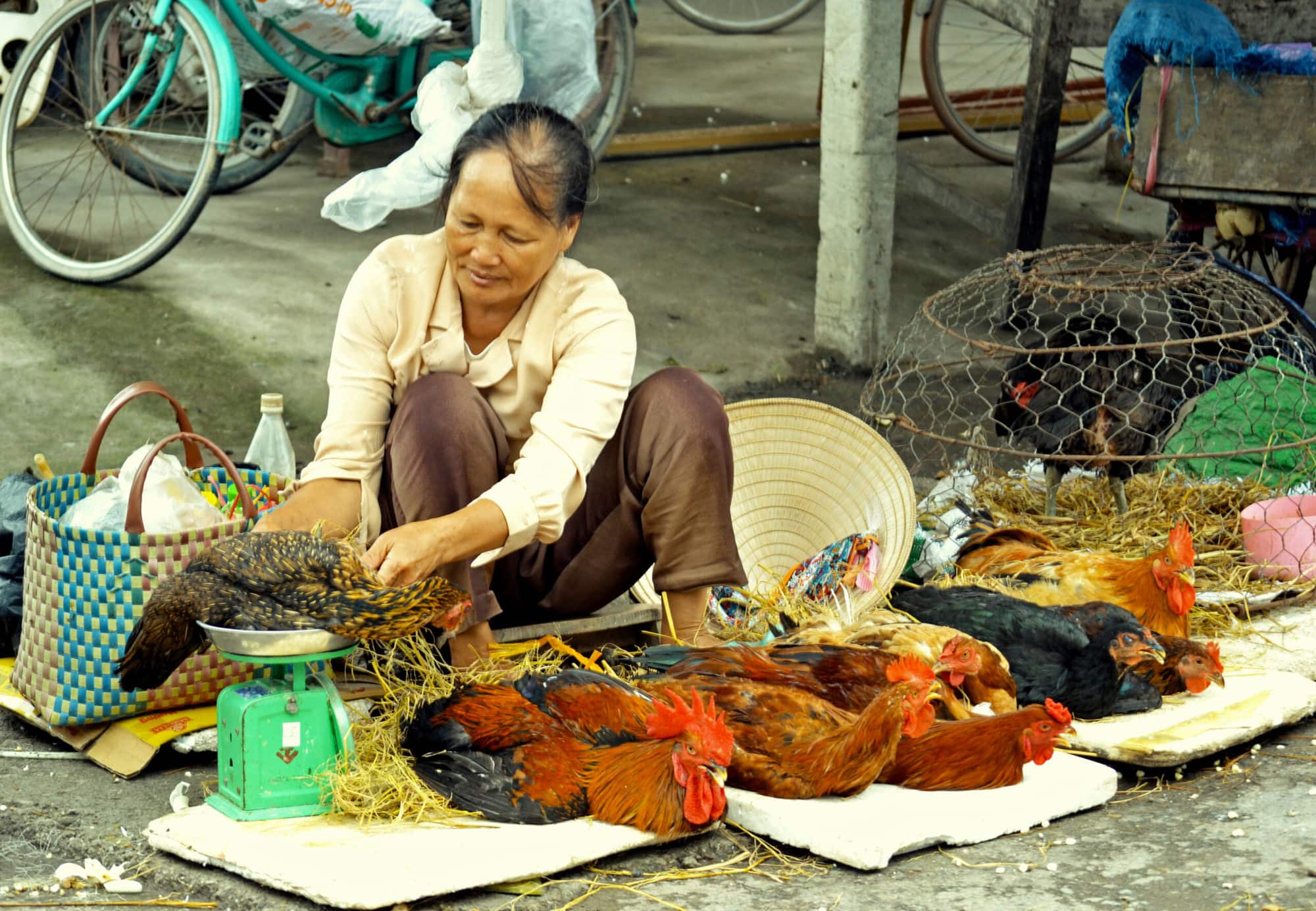From Twenty to Bounty: Indian Farmers Harvest Gains From Conserved Traditional Varieties
- From
-
Published on
13.05.25
- Impact Area

At the heart of South Asia lies one of the world’s centers of crop diversity. Where 60% is dominated by agriculture, India’s sprawling landscapes nurture a rich variety of many legumes, tubers, vegetables, fruits, and spices. This wealth in crop and genetic resources proves that the farm-to-table sector remains the lifeblood of a largely rural population.
While the Indian government has successfully turned to grains to achieve food sufficiency, the world’s most populous nation is still grappling with interconnected crises of climate change, environmental degradation, and malnutrition—threats that not only undermine India’s agri-food systems but also deny smallholder farmers of equitable access to production resources and market opportunities.
If India’s Agrobiodiversity Index is any indication, the country needs to leverage the seemingly untapped potential of its rich species diversity, both in supply and production, to accelerate the shift towards climate-resilient food systems.
Related news
-

Australia partners with International Livestock Research Institute to upskill researchers from Africa and Asia
International Livestock Research Institute (ILRI)13.11.25-
Food security
-
Poverty reduction, livelihoods & jobs
Australia has joined forces with the International Livestock Research Institute (ILRI) to support th…
Read more -
-

A decade of academic and research partnership advances One Health in Vietnam
International Livestock Research Institute (ILRI)13.11.25-
Health
In northern Vietnam, Thai Nguyen province has become one of the most active hubs for…
Read more -
-

Accelerating wheat breeding, from Toluca in Mexico to the world
CGIAR Initiative on Breeding Resources12.11.25-
Climate adaptation & mitigation
-
Nutrition, health & food security
In Mexico, a project has been completed to develop new elite parental lines of wheat…
Read more -
